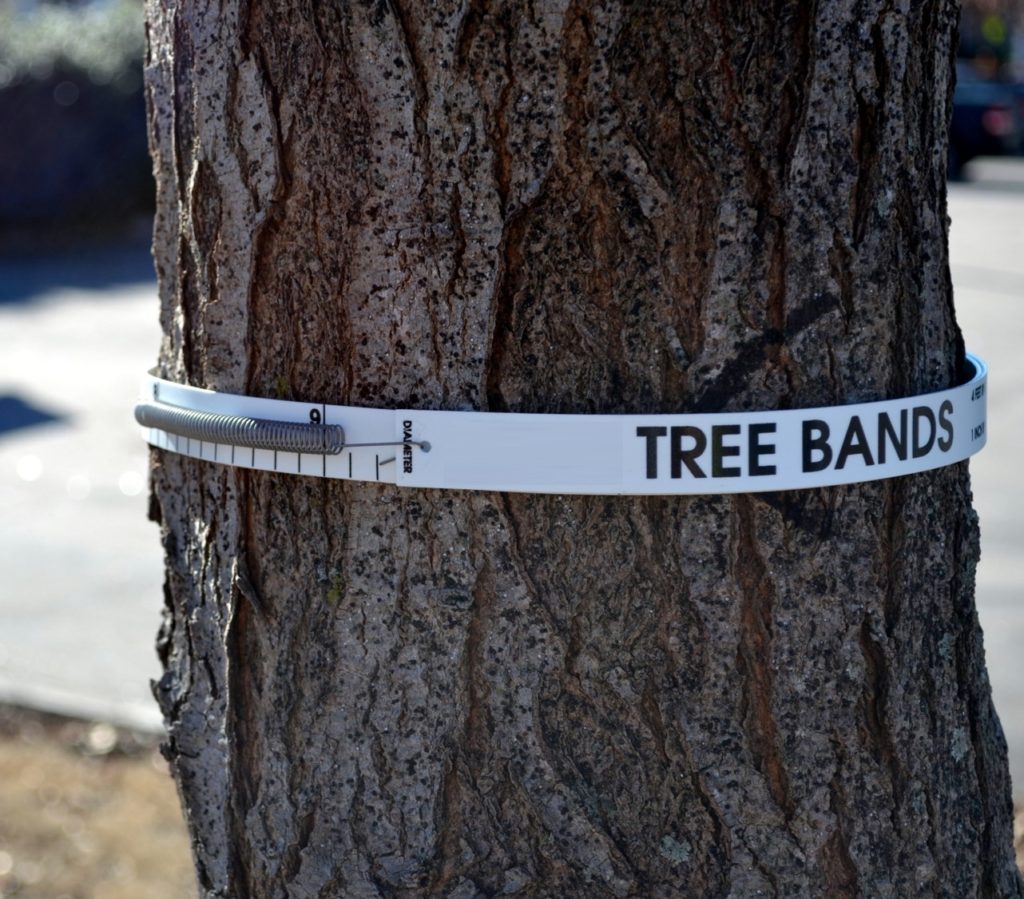New Citizen Science Project to Measure Tree Growth
go.ncsu.edu/readext?457086
en Español / em Português
El inglés es el idioma de control de esta página. En la medida en que haya algún conflicto entre la traducción al inglés y la traducción, el inglés prevalece.
Al hacer clic en el enlace de traducción se activa un servicio de traducción gratuito para convertir la página al español. Al igual que con cualquier traducción por Internet, la conversión no es sensible al contexto y puede que no traduzca el texto en su significado original. NC State Extension no garantiza la exactitud del texto traducido. Por favor, tenga en cuenta que algunas aplicaciones y/o servicios pueden no funcionar como se espera cuando se traducen.
Português
Inglês é o idioma de controle desta página. Na medida que haja algum conflito entre o texto original em Inglês e a tradução, o Inglês prevalece.
Ao clicar no link de tradução, um serviço gratuito de tradução será ativado para converter a página para o Português. Como em qualquer tradução pela internet, a conversão não é sensivel ao contexto e pode não ocorrer a tradução para o significado orginal. O serviço de Extensão da Carolina do Norte (NC State Extension) não garante a exatidão do texto traduzido. Por favor, observe que algumas funções ou serviços podem não funcionar como esperado após a tradução.
English
English is the controlling language of this page. To the extent there is any conflict between the English text and the translation, English controls.
Clicking on the translation link activates a free translation service to convert the page to Spanish. As with any Internet translation, the conversion is not context-sensitive and may not translate the text to its original meaning. NC State Extension does not guarantee the accuracy of the translated text. Please note that some applications and/or services may not function as expected when translated.
Collapse ▲If you have a red maple (Acer rubrum) in your yard, and a few minutes of free time per year we would like your help in monitoring tree growth for A Tree’s Life, a citizen-science project.
The objectives of the project are to understand how climate and urbanization affect tree growth and health, and thus ecological services like carbon sequestration and air and water filtration. Despite the importance of mature trees, we do not know much about the effects of warming on tree growth and services. This is largely due to the difficulties in experimenting with mature trees; you cannot move them to warm spots or warm them with heaters like you can with small plants.
Urban areas are warmer and often have higher CO2 concentrations than rural areas. This means urban trees may grow faster or slower than rural trees, but it also means we can use urban warming to predict changes that might arise from global warming. Cities may be sentinels that predict how plants and animals respond to climate change.
Our goal is to measure tree growth in urban, suburban, and rural areas with the help of volunteer citizen scientists. We are looking for volunteers to measure the growth of red maples in their own yards. We will provide the citizen scientists with a dendrometer, which is a tool that measures tree trunk growth without injuring the tree (it will need to remain on the tree for at least a year, hopefully longer). We will ask citizen scientists to report tree growth and a few other details about their tree periodically.
Although this seems very simple, it provides valuable data to determine how different altitudes, latitudes, and urban conditions affect tree growth and carbon sequestration. Ultimately, we plan to have citizens measuring thousands of trees across the country.
If you are interested, please fill out our Participant Sign-up Form or contact the A Tree’s Life team a-trees-life@ncsu.edu



